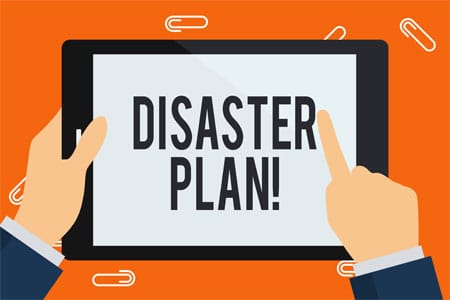Today, busy corporate mailrooms serve vital roles. Even as they develop plans for buying new processing machinery or conducting regular used mail equipment sales, managers of modern mailrooms also need to prepare for unexpected disruptions. By considering a variety of possible contingencies, savvy executives help promote the well being of the business and its employees. This brief article discusses some reasons why contemporary mailrooms really require written risk management protocols.
Some Illustrations
Several recent events illustrate why businesses of every size benefit by compiling detailed plans to assist their mailroom workers during emergencies. In early July, employees at the large social media company Facebook in Menlo Park, California, evacuated their firm’s mail processing facility unexpectedly. A substance delivered in the mail reportedly tested positive for the nerve agent Sarin. Fortunately, the incident did not prove life threatening (apparently a “false positive” test result occurred). However, the event triggered a quarantine and an FBI investigation. It illustrates Facebook’s wisdom in maintaining robust mail screening procedures. No company that processes mail can ever really predict when incoming mail might require a safety inspection.
Then, within less than a week, numerous mailrooms in Central California faced the daunting challenge of dealing with unexpected seismic events. Fortunately, these incidents occurred over a holiday weekend, when few businesses remained open and actively processing mail. Depending upon a company’s location, a variety of natural disasters might occur suddenly to disrupt the smooth operation of the business and its facilities. Savvy managers formulate contingency plans to help their companies cope with these types of events. The handling of mail during a disaster potentially implicates important company security issues.
Smart Contingency Planning
Experts in risk management may assist businesses in preparing mailroom contingency plans. One possible approach involves listing the most likely types of disruptions and developing guidelines for responding to these events. Making this effort helps ensure everyone in the facility knows what to do during emergencies.
For example, if a mailroom worker discovers a leaking package, would the employee know the correct procedure to follow? Can third shift employees access senior managers quickly? By creating a detailed procedures manual, businesses provide useful roadmaps for employees dealing with possible emergencies. If they need to evacuate a mailroom or contact a supervisor rapidly, mailroom workers have access to essential information. This type of advanced planning offers benefits if disasters ever occur.

